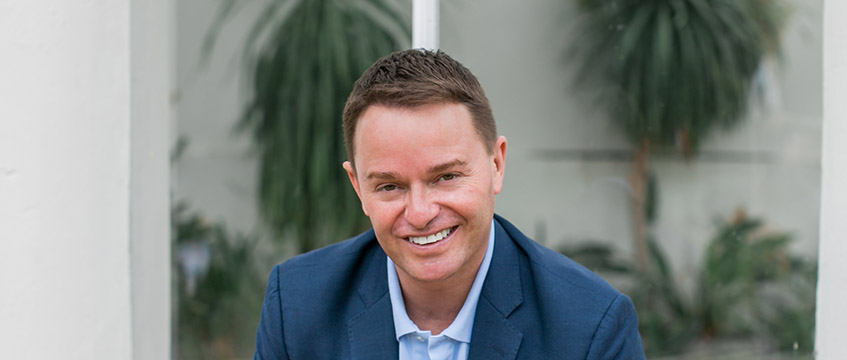With only a week to go before the Chelsea Flower Show, the area around the Royal Hospital, SW3, is a buzz of activity, just as it has been in May for most of the past 93 years.
But among the show gardens — the biggest and brashest of all the Royal Horticultural Society’s exhibitors that feature the likes of Laurent Perrier, Shaikh Zayed Bin Sultan Al-Nahyan and the Imperial War Museum — stands the first Chelsea garden named after a property agent.
The Savills Garden has been set up to commemorate the 150th anniversary of Savills. It is being masterminded by BBC set designer Clare Agnew.
“Everything is organised so far, but we’re waiting to have problems. There will always be some,” says Agnew. “We’ve been given only two weeks to plant, regardless of the weather. We must stick to the plan, even if we have to work all night, so that the garden is ready to be judged on time.”
All this industry is the result of a chat over dinner between Agnew and Savills director Ian Stewart.
“It’s just amazing,” adds Agnew. “The whole thing is the result of a dinner party conversation. I mentioned that I was quite interested in Chelsea to Ian Stewart but I wasn’t sure I could get a sponsor. He went very quiet and then suggested that Savills could sponsor it. A month later I phoned him to ask if he was still interested, and we took it from there.”
Publicity blossoms
The company points to the benefits to Savills in terms of publicity, especially at an event noted for its aristocratic appeal.
“I think that a Savills garden at the flower show is an ideal way to celebrate and draw attention to the company’s 150th anniversary,” says Stewart. “The link with the Savill Garden [the 35-acre woodland garden within Windsor Great Park designed by a relative of Savills founder Alfred Savill], the company’s roots in agriculture, the general client profile and the type of residential property we sell — all seem to add up to the project being entirely appropriate.”
The theme of the 20m x 10m garden is the 18th-century grand tour. The design reflects the type of country properties that have formed the backbone of Savills’ business over the years. To show this, Agnew plans to incorporate a classical temple and busts alongside a narrow canal (dyed black to make it more reflective and to disguise its shallowness).
The plants will be a mix of native Mediterranean species, such as a backdrop of 12 Tuscan cypresses, watsonia, iris and chondropetalum, contrasted with lush British foliage including leafy rhubarbs, bronze fennels and ivy.
And, although many of Savills’ Chelsea competitors are each spending around a quarter of a million pounds on their gardens, Savills says it is spending a fraction of that.










